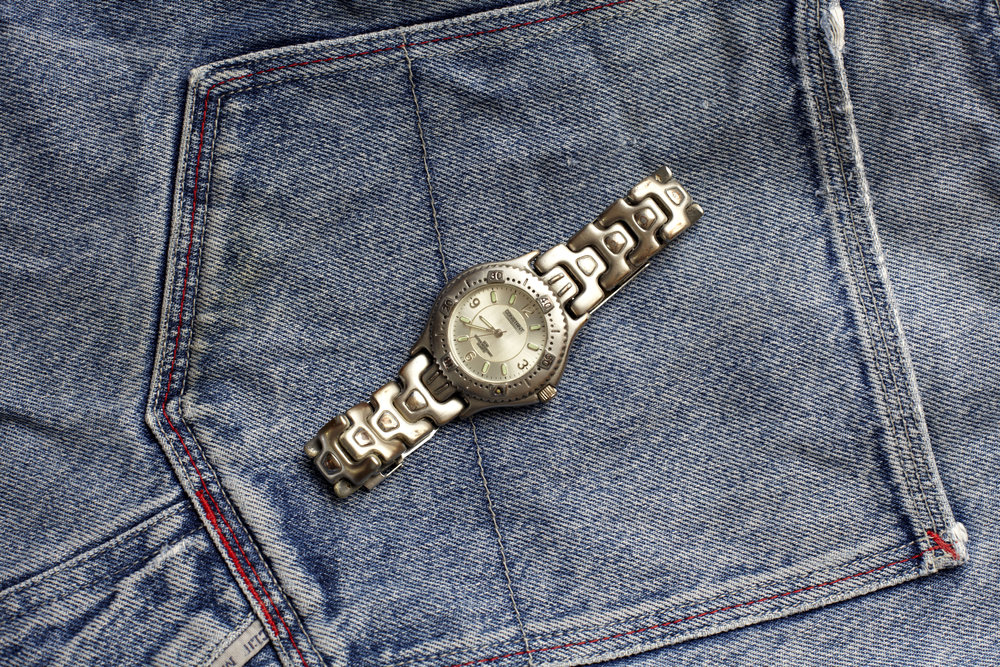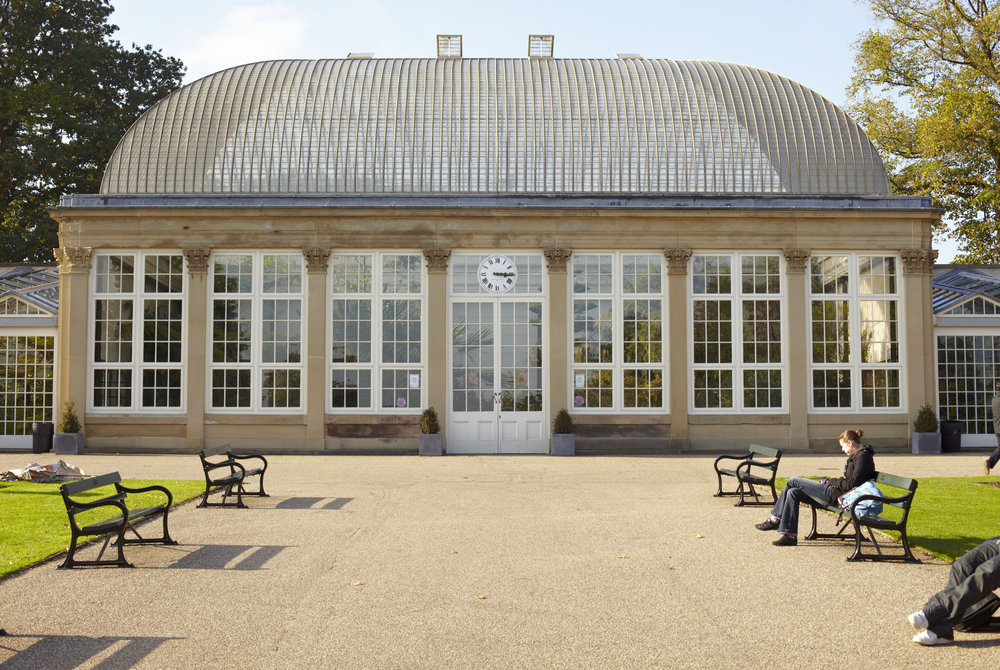Handling and features
Performance
Verdict
Specification
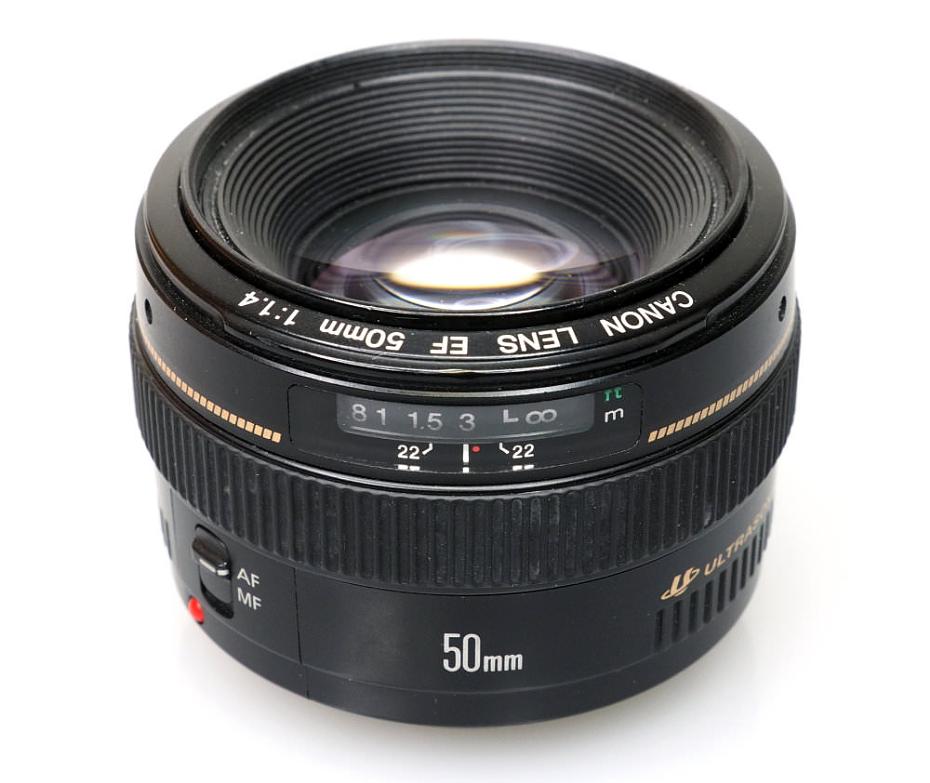
Gary Wolstenholme takes a look at Canon's mid-range "nifty-fifty". Standard lenses such as this are popular due to their lightweight and bright maximum aperture.
Canon are obviously a fan of the 50mm focal length as they currently offer three lenses covering this focal length at wildly differing price points. The EF 50mm f/1.4 USM sits in the middle of the range costing around £285. For this you get a lens of decent build with ultrasonic focusing and a bright maximum aperture of f/1.4. The 50mm focal length has become popular with owners of crop sensor DSLR as the 1.6x crop factor gives this focal length an equivalent angle of view of an 80mm lens, which is perfect for portraiture. Full frame users will get a natural perspective, similar to the human eye and impressive low light shooting ability.
For nearly £200 less you can pick up Canon's bargain basement EF 50mm f/1.8 II lens, which has a slightly smaller maximum aperture, no ultrasonic focusing and less sturdy build quality. Saying that, if build quality is the only issue you could pick up three of these lenses for the same price as the f/1.4 and still have change for a decent meal or a few pints down your local public house.
Those with a taste (and bank balance) for the exotic may lookup the range to Canon's flagship EF 50mm f/1.2L USM. This lens is half a stop faster than the f/1.4 lens tested here and is built like a tank. Unfortunately for the extra luxury you'll need to shell out around £1200.
Sigma are currently the only third party manufacturer making large aperture fixed focal lenses such as this. Their 50mm f/1.4 is actually more expensive at around £380 but has silent focusing and decent build quality.
Canon EF 50mm f/1.4 USM: Handling and features
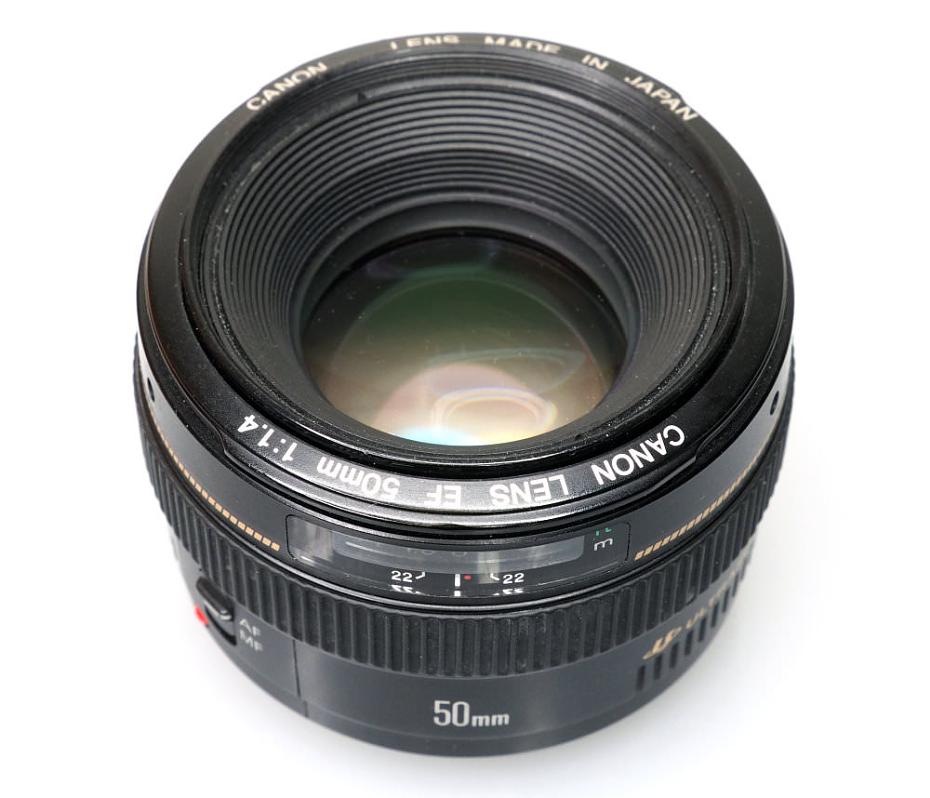
Weighing only 290g the size and weight of this optic is pretty much what you'd expect of a standard prime. The lens barrel is made from satin-finished black plastic, which may show marks easily if abused.
Being an ultrasonic lens, full time manual focus is available, which means you can grab the focus ring at any time to adjust focus. The focus ring is located halfway up the lens barrel and has a nice grippy textured rubber surface. A distance scale window is located just beyond the focus ring, which has a depth-of-field marking for f/22. Although these markings are clear enough to use for f/22, it would've been nice to see a larger display with some extra markings for other apertures for setting the hyperfocal distance. When manually focusing the ring is nicely damped and stays put.
58mm filters can be attached to the front. The filter thread does not rotate during focusing which will suit users of polarising filters. The lens is not an internal focus design and the entire optical group moves back and forth inside the lens barrel. Focusing isn't as quick as with other Canon USM lenses I've used, but is still plenty quick enough for all but the most demanding applications. In low light the lens didn't hunt on the EOS 5D MkII, finding focus in a reassuring manner.

Canon EF 50mm f/1.4 USM: Performance
As is typical for most 50mm lenses, the performance wide open is pretty good in the centre, but falls off the closer you get to the edges. Stopping down to f/2 results in a massive leap in centre sharpness, but the quality towards the edges still lags behind somewhat. It's only at f/2.8 that we start to see good resolution towards the edges and peak quality across the frame is achieved at f/5.6, where the sharpness is just short of excellent across the frame.
| Resolution at 50mm | How to read our graphs The blue column represents readings from the centre of the picture frame at the various apertures and the green is from the edges. Averaging them out gives the red weighted column. The scale on the left side is an indication of actual image resolution. The taller the column, the better the lens performance. Simple. For this review, the lens was tested on a Canon EOS 5D MkII using Imatest. |
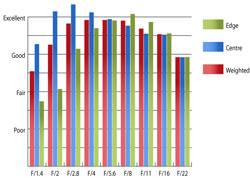 |
The simple lens design doesn't have any of the exotic glass found in ultra-wide angle or super telephoto lenses to control colour fringing as normally lenses like this simply don't need it. This lens isn't an exception to the rule as colour fringing is kept below acceptable levels and may only be seen in large enlargements at high contrast edges.
| Chromatic Aberrations at 50mm | How to read out charts Chromatic aberration is the lens' inability to focus on the sensor or film all colours of visible light at the same point. Severe chromatic aberration gives a noticeable fringing or a halo effect around sharp edges within the picture. It can be cured in software. Apochromatic lenses have special lens elements (aspheric, extra-low dispersion etc) to minimize the problem, hence they usually cost more. For this review, the lens was tested on a Canon EOS 5D MkII using Imatest. |
 |
Surprisingly, even at f/1.4 falloff of illumination towards the corners isn't too bad. At f/1.4 the corners are only 1.4 stops darker than the image centre. Many slow zooms struggle to have evenness of illumination as good as this. Illumination is visually uniform by f/2.8.
Not unsurprising for a wide aperture lens such as this there is a little barrel distortion present. Imatest recorded 2.22% barrel distortion, which may become noticeable in crtical applications. The distortion pattern is uniform, so should be very simple to correct in image editing software afterwards if need be.
Canon EF 50mm f/1.4 USM Sample Photos
This lens seems quite resistance to flare and ghosting, helped in part by the recessed front element. Shooting straight into the light may result in a noticeable loss of contrast, but flare will only really appear in extreme conditions. With light sources outside the frame, the lens is still fairly resistant to flare, but a lens hood wouldn't go amiss as when light does catch the front element right, it can cause severe flare. Unfortunately Canon don't supply a hood with this lens and the ES-71 II costs an additional £23. To be fair most will manage fine without a hood, but I still feel it wouldn't hurt to supply one with the lens.
DxOMark provides objective, independent, RAW-based image quality performance data for lenses and digital cameras to help you select the best equipment to meet your photographic needs.
Visit the DxOMark website for tests performed on the Canon EF 50mm f/1.4 USM.
Canon EF 50mm f/1.4 USM: Verdict
Performance-wise Canon's 50mm f/1.4 USM is fairly typical, showing it is capable of producing images with excellent sharpness across the frame at optimum apertures. For low light shooting it would have been nice to see it perform better at f/1.4, but it is still quite capable of producing a decent image, so long as your subject is isolated near the centre of the frame.
Priced at £285, it's hardly bargain basement territory, but the lens represents decent value if you need the extra two thirds of a stop over the f/1.8 version or are put off that lens by the plastic build.
The Canon EF 50mm f/1.4 USM costs around £285 and is available from Warehouse Express here:
